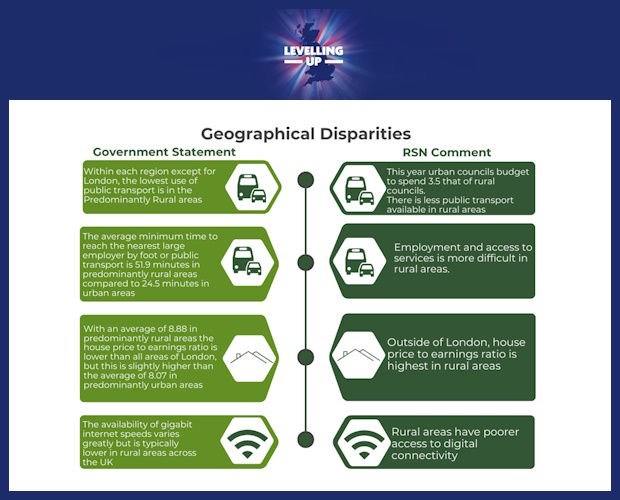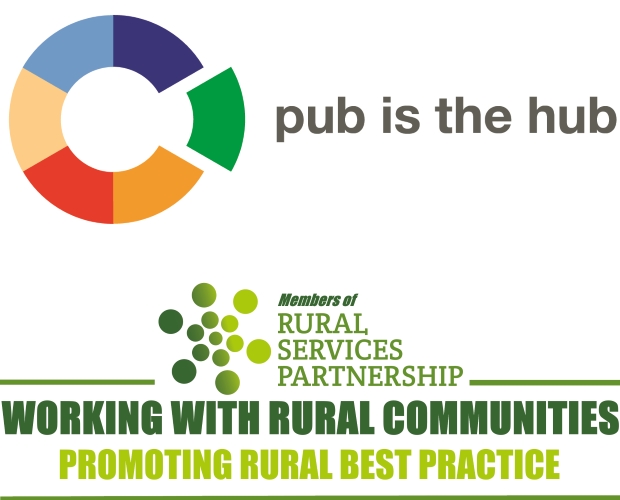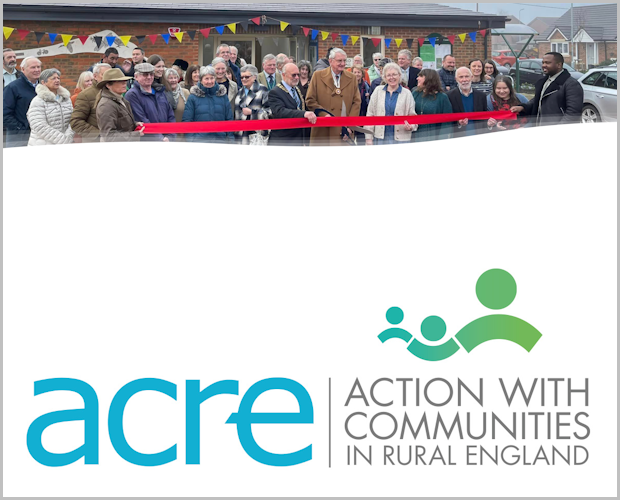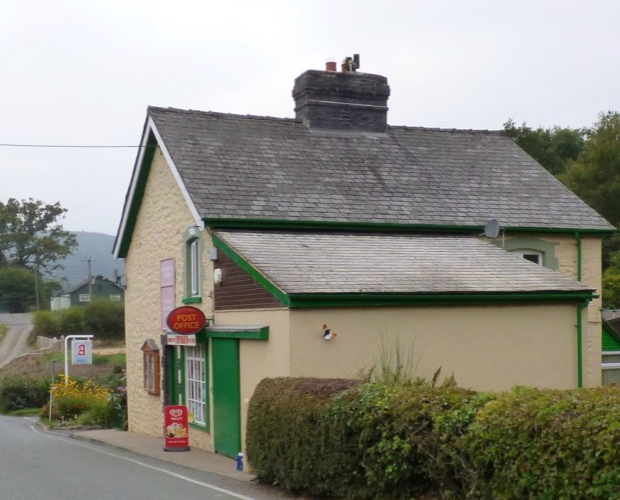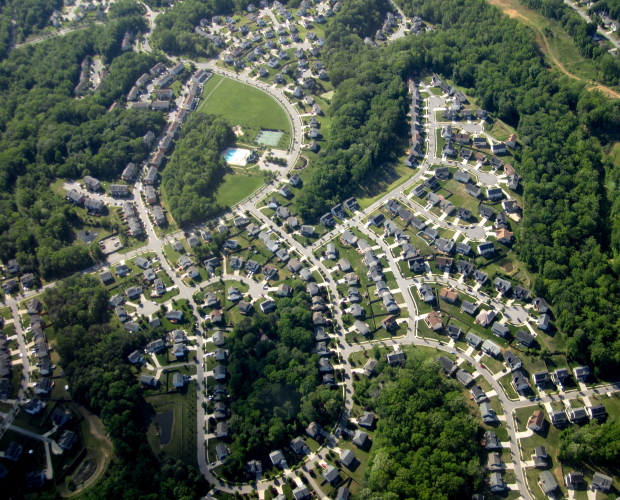T: 01822 851370 E: admin@sparse.gov.uk
High risks for young rural drivers
YOUNG rural drivers are more likely to be involved in a car crash than urban youngsters, reveals a study.
Younger country motorists are 37% more likely to be involved in an injury collision than their urban counterparts, it found.
The study, by Road Safety Analysis, reveals how risk levels for young drivers vary according to where they live.
Called Young Drivers, Road Risks and Rurality, it compares the risk of collision involvement each year by local authority area, showing the risk rates for young drivers.
Nationally, young drivers are already more likely to be involved in a crash, with 30% of all drivers in collisions aged 16-29 years old.
Yet this age group only makes up 18% of the population.
This report calculates that young rural drivers are two-thirds more likely to be involved in an injury collision than their older neighbours.
The report suggests rural local authorities and police forces need to pay special attention to the situation.
Dan Campsall, director of Road Safety Analysis, said: "Younger drivers from rural areas are much more likely to be involved in a crash where someone is injured.
"We need to see a package of measures developed that can bring about a change.
"This may require investment in transport infrastructure, community bus schemes and further driver training to affect the inequality that these drivers are experiencing."
With better information, local authorities could develop a much better understanding of the risks to rural residents and road users.
One of the biggest factors in the elevated risk profile is the much higher average annual mileage driven by rural drivers.
Rural motorists drive 31% more miles than their urban counterparts.
The report also considers the level of deprivation and whether this is a factor in young driver crashes.
This was not found to be the case in rural areas, although it is something seen in large town and cities.
Other analysis within the report compares vehicle types involved in crashes, road type, and speed limits.
One further piece of analysis carried out was to rank young driver risk bases on residency in each of the 379 local authority areas in Great Britain.
This was then used to create a map showing regional hotspots and is included at the end of this release along with the best and worst performing areas.
Full results including a breakdown of casualty rates for all 206 highway authorities, can be downloaded here (pdf).
SIGN UP TO OUR NEWSLETTER
Sign up to our newsletter to receive all the latest news and updates.


